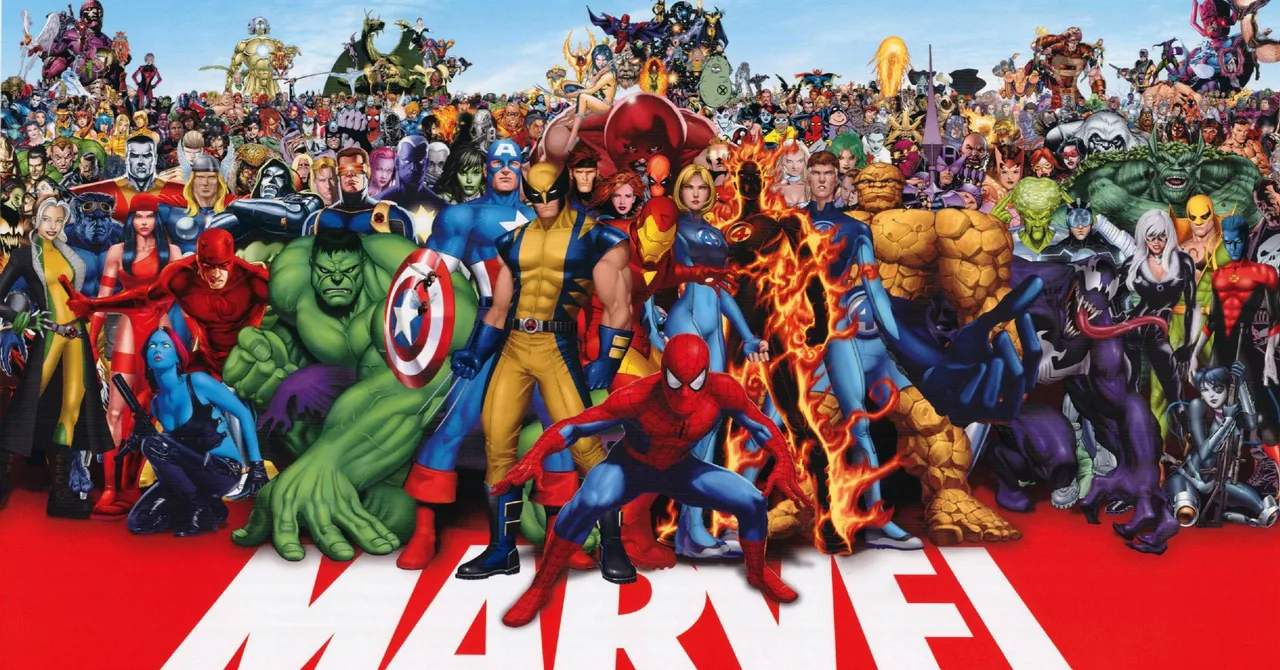Back
Medial Startup Trivia
Trivias Around start... • 1y
Marvel's Cinematic Save: Bankruptcy to Box Office Dominance In the world of comics and superheroes, near-death experiences are quite a norm. Fittingly, Marvel, experienced its own brush with oblivion in the mid-90s, only to emerge stronger than ever before. Marvel's financial crisis peaked in late 1996 when the company filed for bankruptcy. The collapse was triggered by a perfect storm: the speculative collectors' market in comics had imploded, and Marvel's expansion into the trading card business through acquisitions of Fleer and Skybox had backfired spectacularly. However, like its resilient superheroes, Marvel refused to stay down. The company emerged from bankruptcy in July 1997 after months of intense legal battles. Its salvation came in an unexpected form: Marvel Studios, a pre-production studio established shortly before the bankruptcy filing. This new studio became Marvel's secret weapon. It streamlined the movie-making process by commissioning scripts and securing key talent, bypassing the delays that had plagued earlier Marvel projects sold to major studios. The strategy paid off handsomely with the success of films like Blade, X-Men, and most notably, Spider-Man. These hits not only provided Marvel with licensing fees but also boosted comic sales and opened up new merchandising opportunities. Yet, there was a catch. While Marvel was seeing benefits, movie studios like Sony Pictures were reaping the real rewards from box office revenues. Former Marvel Studios CEO Avi Arad lamented to Slate, "We were giving away the best part of our business." The stark reality was evident in the numbers: the first two Spider-Man movies grossed $3 billion worldwide, but Marvel's take was a mere $62 million. Determined to change this imbalance, Arad and Marvel COO David Maisel pitched a bold plan to the company's board of directors. They proposed a deal with Merrill Lynch to finance Marvel's movie production from start to finish. It was a high-stakes gamble: Marvel received $525 million to produce movies based on 10 of its characters, but failure of the first four films would mean surrendering movie rights for the remaining six superheroes to creditors. The risk paid off spectacularly. Iron Man, the first film under this new arrangement, released in 2008 and grossed nearly $600 million worldwide. This success caught the attention of Disney, leading to their $4 billion acquisition of Marvel in 2009. This acquisition marked the birth of the Marvel Cinematic Universe (MCU), a interconnected series of superhero films that has since become a global phenomenon. To date, the MCU's 22 films, including blockbusters like Avengers: Endgame and Black Panther, have amassed an astounding $8 billion in box office revenues. Marvel's journey from bankruptcy to box office dominance is a testament to the company's resilience, innovative thinking, and willingness to take calculated risks. It's a real-world story of resurrection that rivals any of the fantastical tales found within the pages of Marvel's comics.

Replies (5)
More like this
Recommendations from Medial
Jaswanth Jegan
Founder-Hexpertify.c... • 1y
"How Iron Man saved Marvel" Bankruptcy to Billions #8 Marvel's Turnaround From comic books Marvel was a prominent publisher of comic books and related media in 1996, Marvel filed for bankruptcy with liabilities of $1.7 billion. Then it underwent c
See More
Praveena J
Stay Hungry, Stay Fo... • 1y
Why does India don't have major superhero comics collection like Marvel, DC, Starwars, one piece, etc? I think it's ok that nowadays the choices have turned from comic books to films, series, etc. But we should build some superheroes similar to the
See MoreRaaj Ahlawat
Hey I am on Medial • 10m
🚨 Co-Founder Wanted for Takamura Comics 🚨 Are you passionate about comics, webtoons, and empowering independent artists? Takamura Comics is on a mission to revolutionize the Indian comic book industry by providing a platform where creators can pub
See More
Gyan Prakash
Learning and practic... • 11m
Is MADDOCK Cinema is next Marvel studios from india. While a lot of Bollywood movies either it is from YRF or it is DHARMA Productions, is unable bring audience to the cinema and unable to attract the audience. MADDOCK Cinema is constantly giving b
See More

Anonymous
Hey I am on Medial • 1y
For many of us who have grown up reading DC comics, I have always wondered why not have a comic that garners a mass fanbase in India made in an Indian language. My idea is creating a digital comic platform where indian language comic creators can pu
See MoreMahendra Lochhab
Content creator • 9m
The Souled Store Story: The souled store was started in 2013 by Vedang Patel, Aditya Sharma, Rohin Samtaney and Harsh lal. Vision: It was started to bring official merchandise of famous movie franchises like Marvel, DC and sports like WWE etc. to fa
See More
Download the medial app to read full posts, comements and news.






































